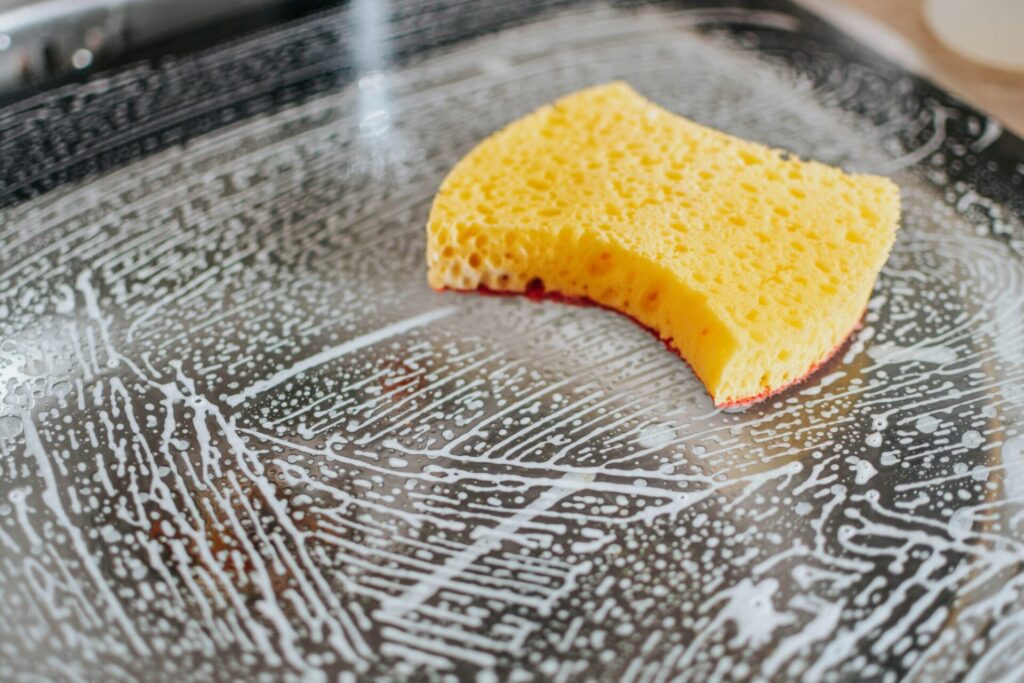
Art’s Cleaning Services – Professional Carpet Cleaning
The process of carpet cleaning serves two purposes because it eliminates both visible stains and invisible dust and odors which accumulate throughout time.Art’s Cleaning Services employs professional-grade equipment together with eco safe solutions to extract deep seated grime from carpet fibers. Our expert technicians deliver exceptional results through their training while providing the proper care for your home.
Top-Rated Carpet Cleaning Services
★★★★★
5-Star Rated
A 5-STAR CARPET CLEANING SERVICE
Art’s Cleaning Services operates as a trusted cleaning service provider in the market. Our company has spent more than ten years developing a tested method which restores carpets to their original state after cleaning. Our cleaning process removes dirt while simultaneously bringing back comfort and freshness to your space.
Our cleaning process employs advanced industry methods together with high-quality cleaning agents to remove deep-seated dirt and pet smells and unsightly stains. Our customers value the thorough approach we take on every project and the additional dedication we provide to each cleaning task.
Why select Art’s Cleaning Services for cleaning your carpet?
The selection of a carpet cleaning service requires a company that provides dependable services along with state-of-the-art cleaning methods and genuine customer support. At Art’s Cleaning Services, we deliver all three. Our company invests in modern equipment while training staff to be detail-oriented and treating every room as if it were our own home.
We don’t believe in one-size-fits-all. Our team selects the safest and most effective cleaning method by assessing your carpet type and soiling level and household requirements. Our goal is to produce enduring results instead of providing short-term visual improvements.
Each cleaning session at our company results in improved air quality and softer carpets and a noticeable fresh scent. Our company stands apart from standard providers because of this.
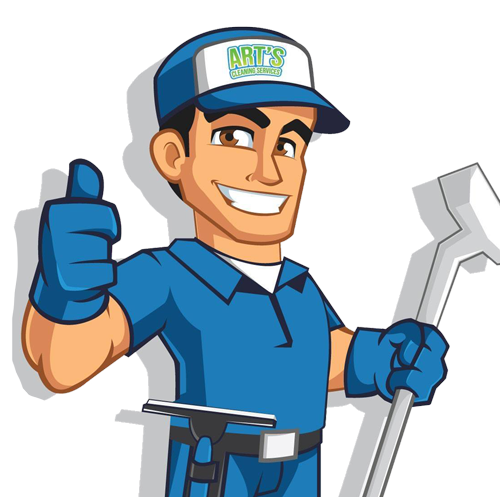
Our methods for cleaning carpet
Our carpet cleaning services adapt to the specific requirements of each home. Our experts will select the most suitable cleaning method between deep steam extraction and dry-touch for your carpet material and layout.
Our cleaning methods are completely safe for children and pets. Our team takes their time to perform each step with attention to detail because we want to remove all dirt and odors while restoring your carpets to their original freshness. The result? Floors you’ll feel good about.

Professional carpet cleaning for fresher home
Our carpet cleaning service exists to restore the original condition of your flooring. The cleanest homes develop dirt and dust and allergens and bacteria that penetrate deep into carpet fibers throughout time. Our team employs high-grade extraction equipment together with eco-friendly solutions and tested methods to extract built-up grime which results in soft fresh restored carpets. а вот сам текст,
Our service offers customized solutions which include spot treatments and odor removal and complete room carpet refreshes. Our technicians work efficiently and respectfully in your home to tackle both high-traffic areas and guest preparation needs. Our deep cleaning process ensures the clean will persist for an extended period.
Our experienced crew will deliver professional results for your floor restoration needs. You can schedule one-time carpet cleaning or integrate it into your complete home maintenance schedule. The cleaning process will deliver noticeable results which you can both see and feel.
Our Services
We Offer More Than Just Carpet Cleaning Service
Our motto is “cleaning made easy.“
We want you to enjoy the benefits of a clean home without having to worry about how – we’ll get it done for you.

House Cleaning
Our house cleaning service provides you with a clean, odor-free, and welcoming home without the hassle. We thoroughly clean every area of your home including bedrooms and living rooms as well as kitchens and bathrooms with attention to detail.

Carpet Cleaning
Our carpet cleaning service is perfect for removing built-up dirt, dust, and stains that standard vacuuming can’t reach. Our deep-cleaning method removes odors and lifts debris to make your carpets fresh, clean, and revitalized.

Move In Cleaning
Our move-in cleaning service prepares your new space for a fresh beginning. Our cleaning process includes complete sanitizing of floors and baseboards and inside cabinets so you can move in with confidence and comfort.

Move Out Cleaning
Our move-out cleaning service provides you with a stress-free way to leave your home perfectly clean. Our team performs deep cleaning of appliances and bathrooms and kitchens and floors to achieve perfect condition for the next resident.

Deep Cleaning
The service focuses on removing dirt that standard cleaning methods fail to detect. Our cleaning service focuses on baseboards and inside cabinets and detailed areas to provide your home with a complete transformation. The service is perfect for seasonal cleaning needs and post-renovation property resets.

Vacation Rental Cleaning
Our cleaning process for vacation rentals reaches hotel standards between guest stays. Our team maintains bathrooms to a sparkling state while providing clean linens and spotless floors which results in 5-star reviews from your guests.

Upholstery Cleaning
The appearance of furniture stains does not need to be permanent. Our upholstery cleaning service removes stains and spills efficiently and safely to maintain the fresh appearance and soft texture of your sofas and chairs.

Regular Cleaning
Our recurring cleaning service keeps your home tidy and smelling fresh. Our cleaning service includes dusting, vacuuming, mopping and surface wiping to keep your space in top shape without disrupting your routine.

Maid Service
Our maid service provides complete home cleaning services that allow you to relax in your perfectly clean home without any effort. Our maid service takes care of all daily tasks including kitchen and bathroom cleaning and bed making so you can return home to a peaceful environment.

Solar Panel Cleaning
Our professional solar panel cleaning service will help you keep your solar system operating at peak efficiency. Our team removes all dust and debris and buildup to maximize sunlight exposure and extend the lifespan of your solar system.

Post Construction Cleaning
We take care of the mess after renovation or building projects. Our post-construction cleaning service removes dust and debris and residue from floors walls and fixtures to make your space clean and ready for use.

Apartment Cleaning
The service is ideal for people who live in apartments and want their space to be clean without having to do much work. Our team will thoroughly clean all areas of your apartment including bathroom floors and kitchen counters to provide you with a fresh and sanitized and organized space.

Window Cleaning
Streak-free window cleaning will help you achieve a brighter home by cleaning both interior and exterior glass surfaces and screens and sills to bring back the light.

Same Day Cleaning
Our same-day cleaning service provides immediate assistance for unexpected messes and guest arrivals and emergency situations. Our service delivers fast and thorough and reliable cleaning at the moment you require it most.

Tile Cleaning
The accumulation of dirt and grime in grout lines creates an unappealing appearance on your floors. Our tile cleaning service provides a complete restoration of your flooring through the removal of buildup and surface brightening to create a cleaner healthier home environment.

100% guaranteed
Check Out Our Amazing Cleaning Results!
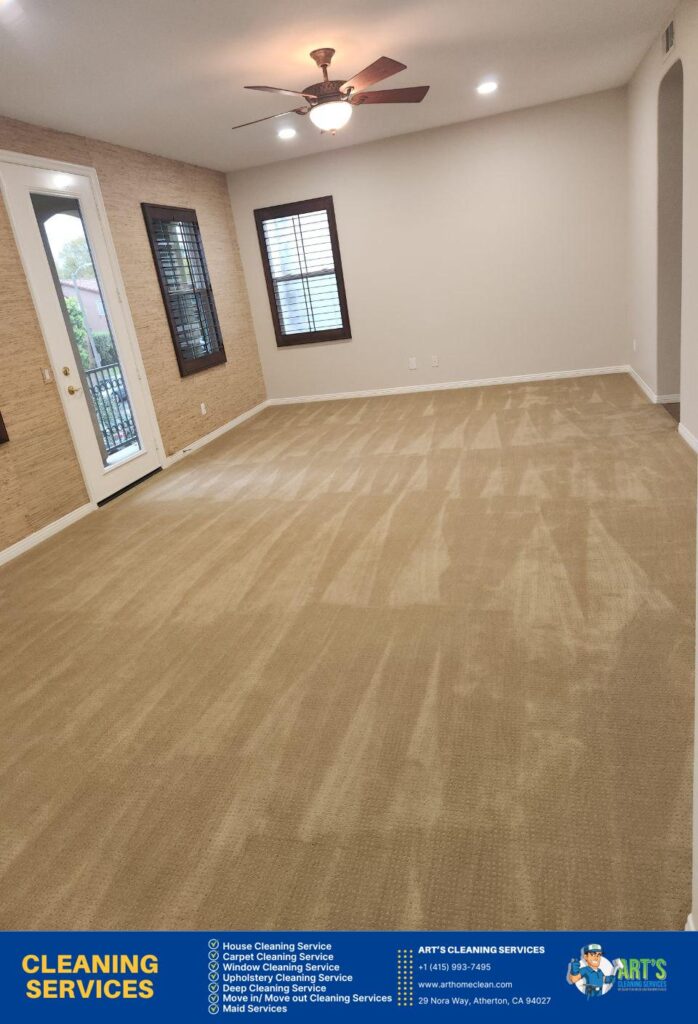
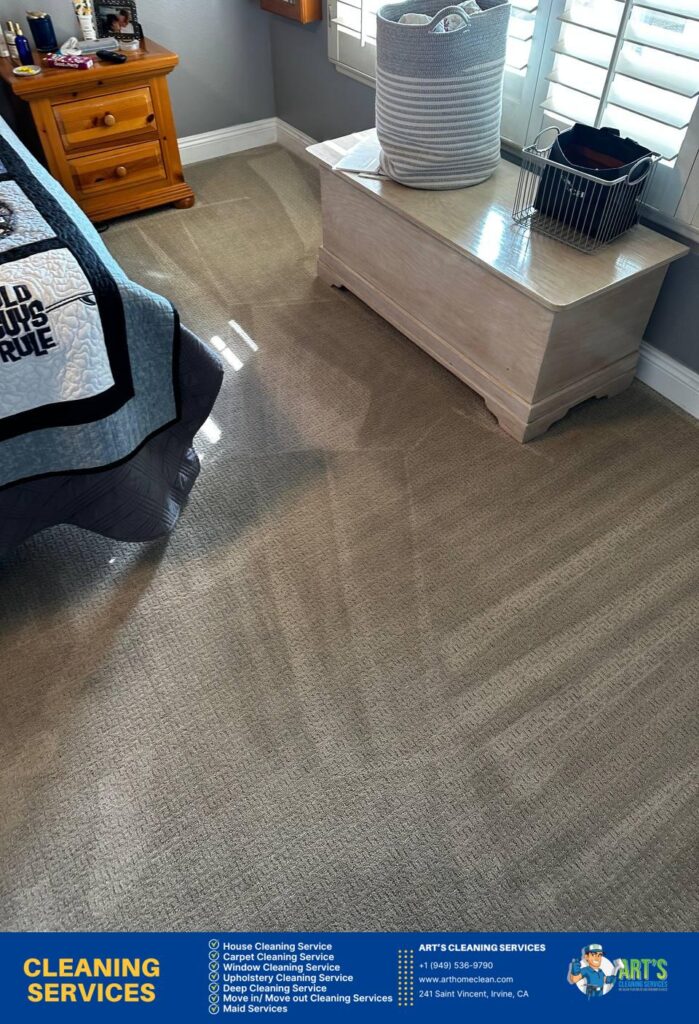
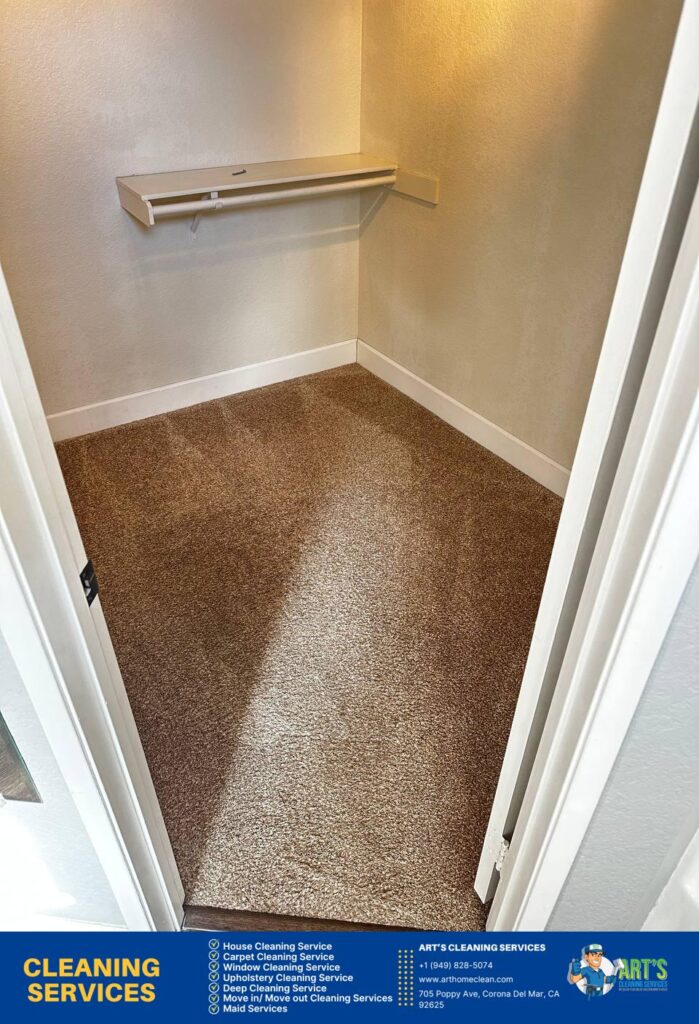
Ready to Schedule Your Cleaning?
2,137+
Houses cleaned
198+
Couches and Chairs Cleaned
1258+
Carpets Cleaned
We keep your home as clean as our mother’s.
Our company has provided cleaning services for indoor spaces to numerous families throughout more than ten years. Our commitment to exceptional care and honest work and noticeable results remains constant for both new and established clients.
Our cleaning process includes contemporary equipment and industry-standard methods and we select cleaning agents that we would use in our personal homes. Our goal is to provide pristine carpets through chemical-free cleaning methods without taking any shortcuts or making any compromises.

Our Experience
Our house cleaners employ advanced techniques and use the best chemical and natural agents for all your cleaning needs. These are completely safe for your skin because they don’t contain any harmful chemicals or toxic compounds! We also make sure to use professional equipment that is designed specifically for cleaning your home or business.

High-Quality Service
Our commitment to high quality starts with our rigorous background checks for every house cleaner, ensuring your safety and peace of mind. For more than 10+ years, we have been making houses and offices cleaner, people happier, and business owners more successful!

Our Cleaning Solutions
Our House cleaning service is focused on carpets, rugs, upholstery, and windows cleaning and we are proud to provide you with squeaky clean home, excellent customer service, quick turnarounds, and a smile.

Our Guarantee
We know that when our cleaning crews are on time, efficient and professional – it’s just one more way of showing how much your business matters! Whether you require a one-time house cleaning, such as move-in/move-out cleaning in Irvine, CA, scheduled house cleaning, or a same day service, you can trust us to make your home cleaner and create a healthier, more comfortable and stress free living environment for you and your loved ones.
Frequently Asked Questions
How often should I clean my carpets?
The recommended frequency for professional carpet cleaning depends on the presence of pets and children and the amount of foot traffic in your home which should be done every 6–12 months.
Is your method of cleaning carpets safe for animals?
Indeed! We use non-toxic, pet-safe solutions that leave no residue.
Should I move my furniture?
We ask that you move small items; we’ll work around larger furniture or move light pieces as needed.
